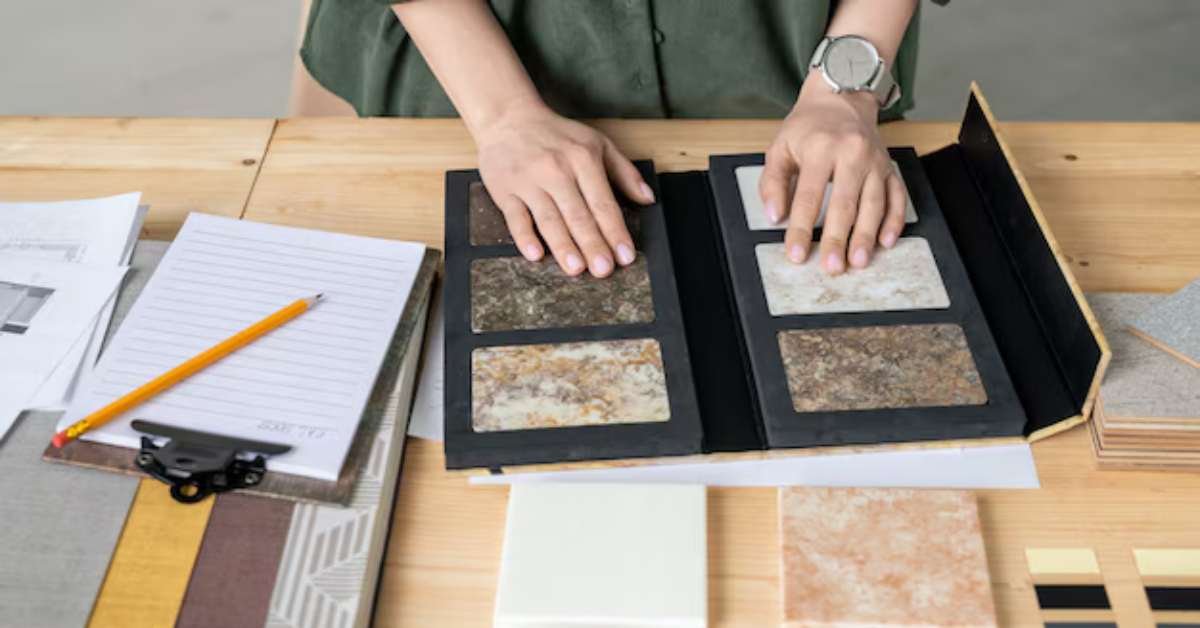Contents
Introduction to Vinyl Flooring and Tile
When it comes to home renovations, flooring choices are often at the top.
Vinyl flooring and tile are two popular options that frequently come up in discussions.
Both materials offer unique benefits and challenges, making them appealing for different reasons.
Whether you’re redoing a cosy kitchen or giving your bathroom a modern makeover, understanding these options is crucial.
Vinyl flooring has gained traction for its versatility and affordability. It mimics more expensive materials while providing comfort underfoot.
On the other hand, tile boasts durability and timeless elegance that many homeowners adore. The decision between these two can be daunting, as each brings flair to spaces.
In this article, we’ll compare the comprehensive costs of vinyl flooring and tile so you can make an informed choice for your renovation project.
Let’s explore what each option offers!
Cost Comparison of Installation
When it comes to installation costs, vinyl flooring often takes the lead. Its lightweight nature means quicker and easier installation. Many homeowners opt for DIY with peel-and-stick options, saving on labour fees.
While durable, tile requires more effort and expertise during installation. The process can be time-consuming and may require professional help, driving up costs significantly compared to Vinyl.
Additionally, preparation plays a role in expenses. Tile installations usually require a levelled surface or underlayment adjustments that add to the overall cost. Vinyl tends to have fewer prerequisites for laying down as long as the subfloor is relatively smooth.
If you’re looking for budget-friendly choices without sacrificing style or quality, Vinyl might be your best bet for initial investment savings.
Maintenance and Durability Analysis
Vinyl flooring is known for its low maintenance requirements. A quick sweep and occasional mopping will keep it looking fresh. Its water-resistant nature makes it an excellent choice for kitchens and bathrooms.
On the other hand, ceramic tile can be more demanding. While challenging, grout lines may require regular sealing to prevent stains and mould growth. Keeping tiles clean involves scrubbing those joints from time to time.
Durability differs significantly between the two materials. Vinyl can withstand heavy foot traffic but might dent or scratch under extreme pressure or sharp objects. Ceramic tile is durable, resisting scratches and dents while lasting decades with proper care.
Consider your lifestyle when choosing between these options. If you have pets or kids, consider the wear and tear your floors will experience over the years.
Design and Aesthetic Differences
Regarding design, vinyl flooring and tile present distinct aesthetics, and Vinyl offers various styles that mimic natural materials like wood or stone. Thanks to advancements in printing technology, you can find incredibly realistic options.
On the other hand, tile is often associated with timeless elegance. It comes in various shapes, sizes, and colours. Whether you prefer sleek ceramics or rustic terracotta, tile provides a classic look that many homeowners cherish.
Vinyl tends to have a softer feel underfoot compared to the rigidity of tile. This characteristic makes it appealing for families with children or pets who might benefit from added comfort.
Tiles can add value through intricate designs and patterns. Mosaic tiles create stunning focal points in kitchens or bathrooms while showcasing craftsmanship.
Your choice may hinge on your personal style preferences and how you envision each space within your home.
Environmental Impact
When considering flooring options, the environmental impact is an essential factor. Vinyl flooring, while famous for its affordability and versatility, often raises concerns regarding its production process. Made from PVC (polyvinyl chloride), it involves chemicals that can harm health and the environment.
On the other hand, tile offers a more sustainable choice. Most tiles are crafted from natural materials like clay or stone. Their durability means they last longer than vinyl options, reducing waste over time.
However, not all tiles are created equal. The energy-intensive manufacturing process of some ceramic tiles may offset their eco-friendly benefits. It’s crucial to seek out sustainably produced alternatives when choosing tiles.
Both choices have pros and cons in terms of sustainability. Weighing these factors helps homeowners make informed decisions aligned with their values regarding environmental responsibility.
Which Option is Best for Your Home?
Choosing between vinyl flooring and tile ultimately depends on your specific needs. Consider the space you’re renovating.
Vinyl might be more forgiving if you have a busy household with kids or pets. It’s softer underfoot and can withstand daily wear and tear better than tile.
On the other hand, if you’re looking to add elegance to your home, tile offers timeless beauty. Its variety of styles can elevate any room’s aesthetic.
Budget is another crucial factor. Vinyl typically comes at a lower price point for materials and installation costs. Tile, while often pricier initially, may provide longer-term value through durability.
Think about maintenance preferences. Vinyl requires less upkeep compared to grout cleaning needed for tiles.
Weigh these elements carefully before making your decision.
Conclusion
Choosing between vinyl flooring and tile requires careful consideration of various factors. Each option presents its own set of advantages and disadvantages that can significantly impact your home renovation project.
Vinyl flooring often stands out for its affordability and ease of installation. It provides a soft, warm surface underfoot, making it an appealing choice for families with children or pets.
On the other hand, tiles offer durability and a timeless aesthetic that can elevate any space.
Due to their resistance to water damage, they are particularly well-suited for high-moisture areas like bathrooms and kitchens.
Regarding maintenance, Vinyl generally requires less effort than tile, which may need regular sealing depending on the type used. However, tile is known for its longevity when cared for properly.
The environmental aspect also influences decision-making. Vinyl products have made strides toward sustainability but still fall short compared to some natural stone or ceramic tiles.
Your choice will depend on personal preferences regarding budget constraints, design goals, lifestyle needs, and environmental considerations.
Assessing these elements holistically will help ensure that you select the right flooring solution for your home’s unique requirements.

